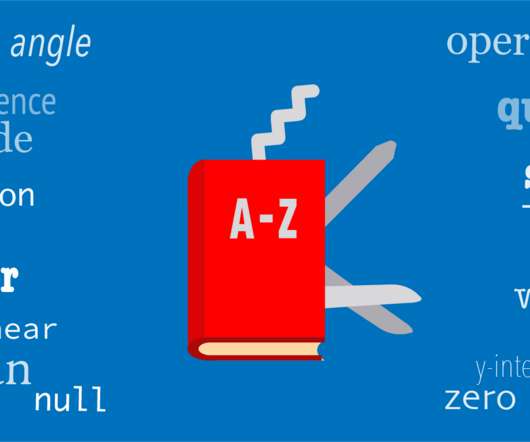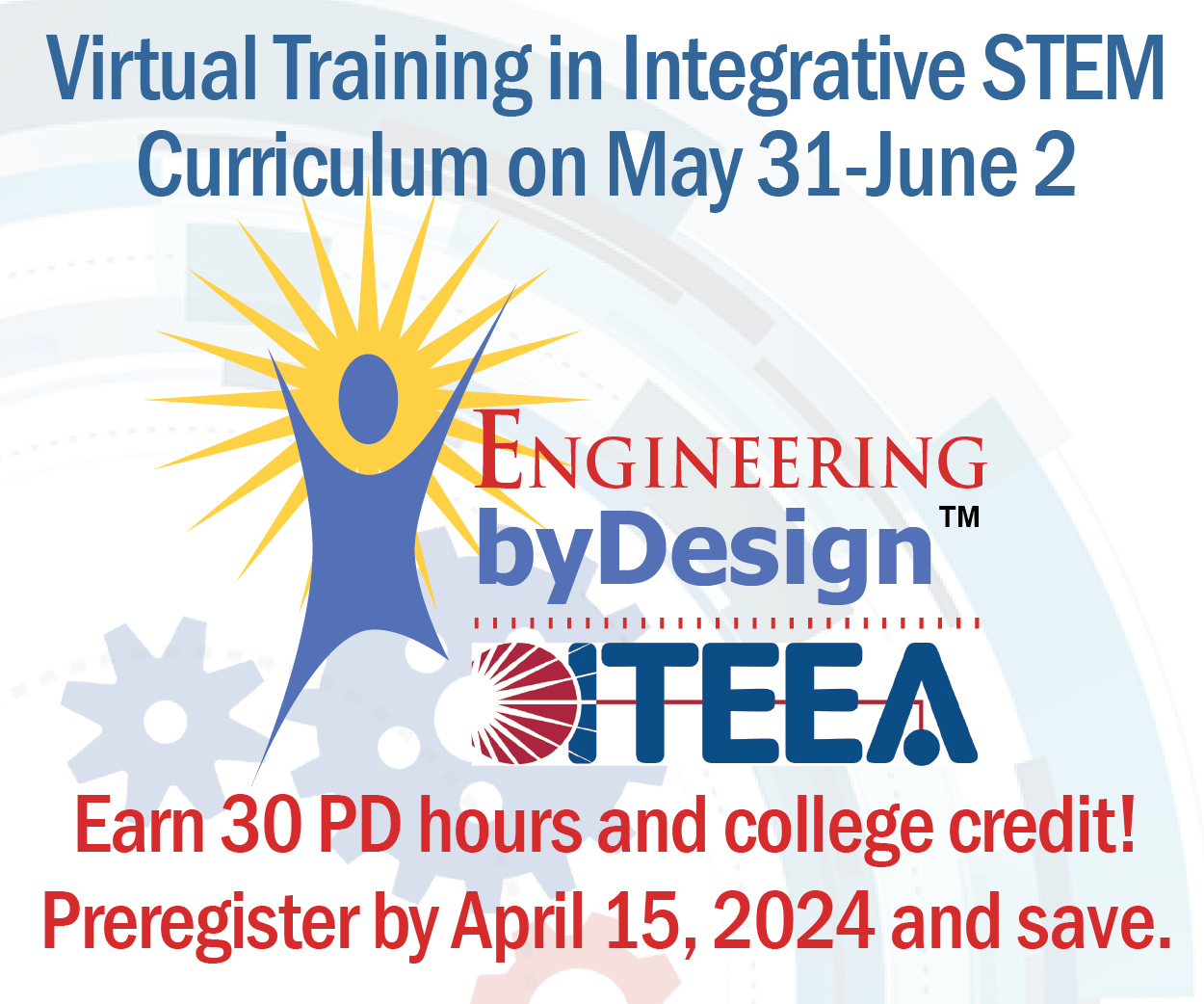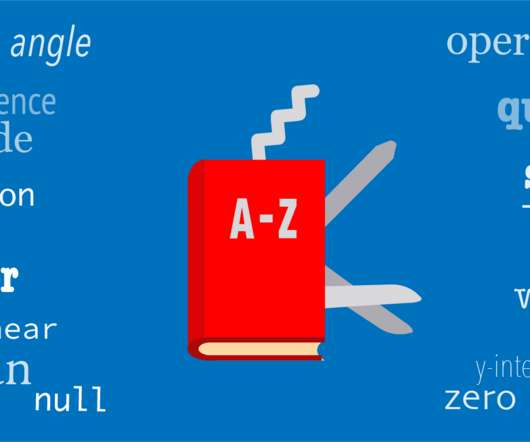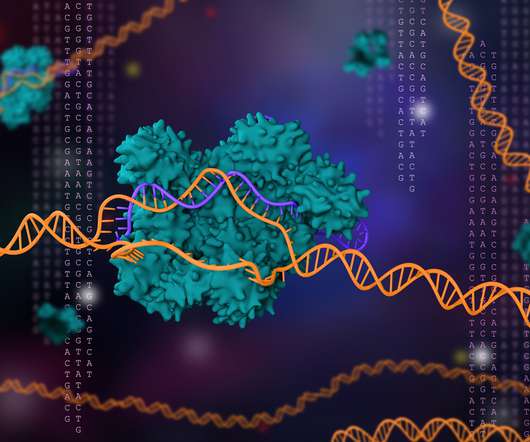Tech Professions Students Should Consider
Ask a Tech Teacher
FEBRUARY 3, 2023
Tech industry has been working solidly for the last decade or so and promises the best careers to students. Our Ask a Tech Teacher contributor has a short list of professions that students can look forward to: The Future of the Tech Industry: What Professions Should Students Look Into? Technologies like artificial intelligence (AI), machine learning and cloud computing are transforming businesses.

















Let's personalize your content